Energy Market Trends – September 2025
Electricity Market
Overview
In September 2025, the electricity market in the National Electricity Market (NEM) showed a continued shift toward renewable dominance, as renewable generation surpassed coal output for the first time. Stable weather conditions, strong wind and solar output, and fewer unplanned generator outages collectively eased supply stress. This transition led to relatively lower wholesale price levels and reduced reliance on gas peaking plants.
Market Dynamics
Renewable generation (wind, solar) achieved a record share of total electricity generation, overtaking coal for the first time in Australia’s history in this month. Coal generation continued its structural decline, with several plants operating at reduced output during lower demand periods. Gas-fired generation played a supplementary, balancing role, used primarily during periods of low wind or solar output. Forward markets for the medium term reflected tighter margins for thermal plants and greater confidence in renewable lead technologies. Transmission constraints and network congestion remained key operational constraints in several regions during peak intervals.
Spot Price Trends
Regions with strong renewable capacity, particularly in southern states, experienced downward pressure on spot prices. Tasmania and some inland regions displayed higher volatility due to hydrological constraints or limited interconnection flexibility. Overall, the volume-weighted average spot price (VWAP) across the NEM is estimated to have moderated compared to winter months, reflecting reduced system stress.
Regional Highlights
Victoria & South Australia: Benefited from strong wind generation; however, curtailment risks and local network constraints limited full upside.
New South Wales: While prices were generally lower, the state remained alert to thermal reliability risks during periods of lower renewable supply.
Queensland: Continued reliance on coal and gas generation moderated the extent of price decline relative to southern states.
Tasmania: Hydro storage management became more critical; limited inflows meant reliance on imports or backup generation during low renewable periods.
Western Australia: Remained largely outside NEM dynamics; local generation and storage trends were more decisive than national trends.
Natural Gas Market
Overview
Gas markets in September 2025 continued to reflect structural tightness, driven by export commitments, supply constraints, and domestic demand for backup generation. While electricity demand pressures were lower, gas pricing remained elevated due to global LNG market influences and limited domestic price relief.
Market Drivers
Export LNG demand sustained upward pressure on domestic gas benchmarks. Delays in new gas supply projects and regulatory uncertainty constrained supply flexibility, maintaining tight margins. Many industrial consumers intensified planning for electrification or fuel switching to mitigate gas price exposure.
State-by-State Gas Snapshot
NSW & Victoria: Reduced use of gas for electricity generation provided some breathing room, but industrial users remained exposed to pricing volatility.
QLD: Though domestic supply is relatively better positioned, export price benchmarks continued exerting upward pressure.
SA: Gas remained essential for peaking and system backup during low renewable output periods.
WA: Insulated from eastern market dynamics, but domestic balancing and supply security remain key considerations locally.
Policy, Infrastructure & Regulatory Trends
The State of the Energy Market 2025 report underscored the accelerating energy transition, with renewable capacity increasingly assuming central system roles. Interconnection and grid enhancement projects (including transmission expansions) remain high on the agenda to alleviate congestion and improve energy sharing between regions. Market reform discussions progressed, focusing on credit support, dispatch incentives, and pricing arrangements to accommodate higher shares of variable generation. The confirmation that renewables outpaced coal generation in September marks a symbolic inflection point in the energy transition narrative. Persistent debate continues around domestic gas reservation mechanisms, market incentives, and regulatory certainty needed for new supply investment.
Outlook & Risks
Renewable variability remains a core risk: extended low-wind or low-sun periods can still destabilise markets and drive price volatility. Transmission constraints and curtailment are ongoing impediments to full utilisation of renewable resources. Gas supply and policy uncertainty continue to create ambiguity for investment in new generation and backup capacity. System stress events (e.g. extreme weather, major generator failure) could reverse the cooling trend abruptly. Investor confidence hinges on timely reform implementation and stable regulatory frameworks in a rapidly changing market.
Austech Power & Gas remains committed to translating these evolving market conditions into actionable strategies for clients seeking to optimise procurement, manage risk, and align with Australia’s shifting energy landscape.

